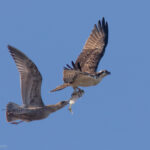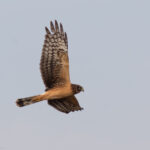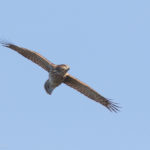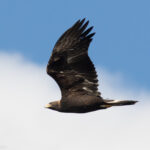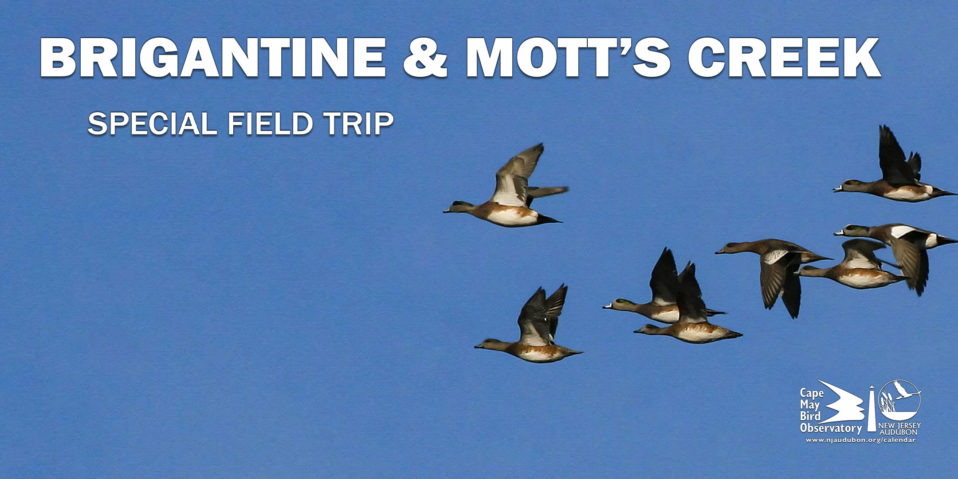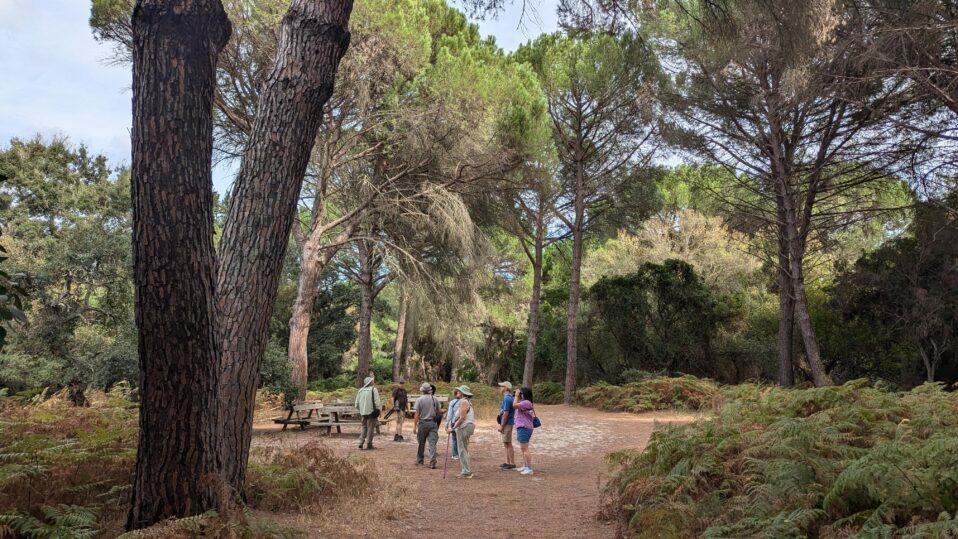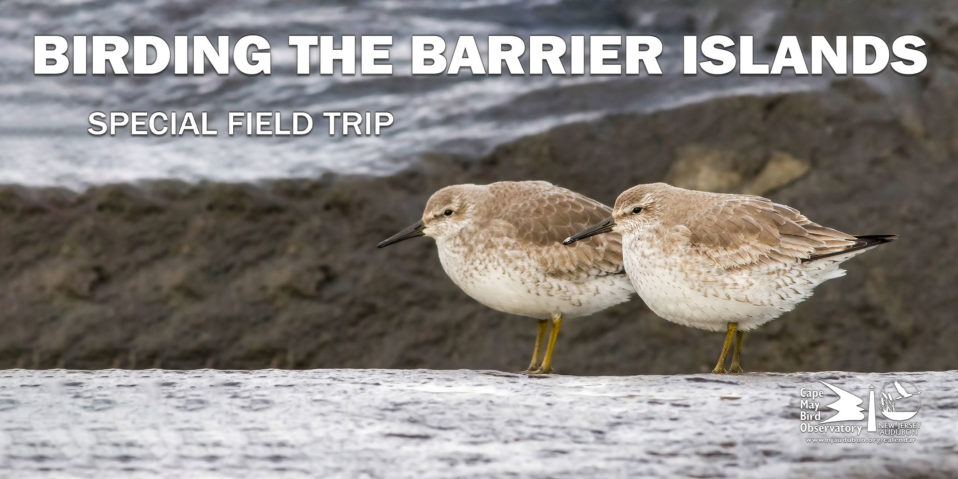Hard to believe that we are already 3 weeks into the 2021 season at the Cape May Hawkwatch sponsored by Swarovski Optik. The headliner during the first 3 weeks were, no doubt, Ospreys. All but one day during this period saw double digit Ospreys and 6 of those days were over triple digits. The max day was a whopping 332 on September 18th (more on this day later). We are smack dab in the middle of peak Osprey migration so it is no surprise to see such huge numbers. Ospreys are strong fliers who require little wind and can even tolerate a headwind to cross Delaware Bay, so the unfortunate warm and light wind days that often curtail migration for most species in September, are actually suitable conditions for Osprey. No matter what the weather is in Cape May there is always some migration occurring.
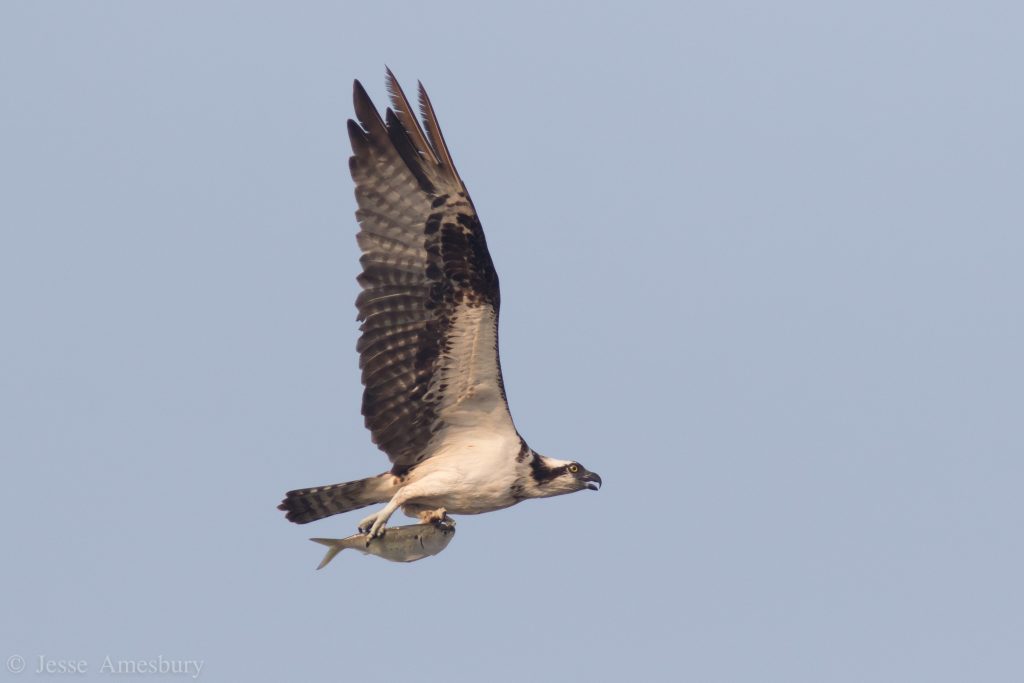
It is always fun to try and identify the fish Osprey’s catch as they fly over the hawkwatch platform. What seems like 99% of the fish caught by Ospreys are a species called Atlantic Menhaden, also known as Bunker. Luckily, Bunker are easy to identify thanks to the black spot behind their gills and the deeply forked tail. Next time you see an Osprey carrying a meal see if you can ID the fish it’s carrying!
Aside from the steady stream of Osprey migration throughout this period, the standout day was undoubtedly September 18th. As I’m sure most readers know, the ideal wind direction for raptor migration is NW winds, which are almost always associated with a cold front that drops the temperature and humidity like a rock. Oddly enough, on September 18th, the winds were out of the NW, but it felt more like summer because the temperatures reached 81°F. Despite the summer-like feel, 1,243 migrating birds of prey were tallied from the hawkwatch platform! At the time, a new season high was set for every species of raptor! The most numerous raptor counted that day was the smallest of our 3 falcons, the American Kestrel, topping out at 655 individuals. Other notable sightings from the day was the first obvious push of accipiters (Sharp-shinned Hawks & Cooper’s Hawk) along with a few decent sized kettles of Broad-winged Hawks. Check out hawkcount.org for exact raptor numbers recorded each day this season.
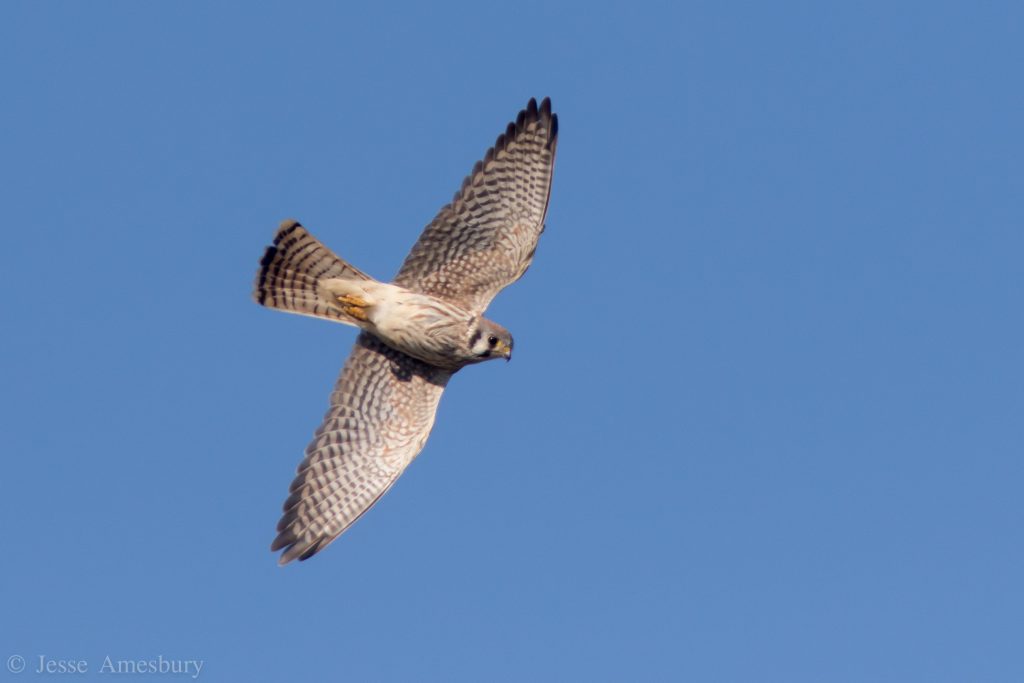
American Kestrel’s are a grassland species of falcon that specialize in catching dragonflies out of the air for a quick snack. I photographed this individual twisting and turning in hot pursuit of a dragonfly right in front of the hawkwatch platform. Once they catch the dragonfly, they will actually eat it on the wing by bringing their talons up to their bill and munching down on their meal to-go.
As always, many cool species of birds were seen from the hawkwatch platform aside from all the wonderful birds of prey. The highlight this week was, without a doubt, a female Ruff on September 23rd, the first seen in Cape May County since 2017. Another amazing sighting was a Wood Stork seen soaring distantly to the north over Pond Creek marsh on September 20th. A Clay-colored Sparrow was also seen in the shrubs next to the platform on the 20th. A Connecticut Warbler buzzed over the platform on September 11th.
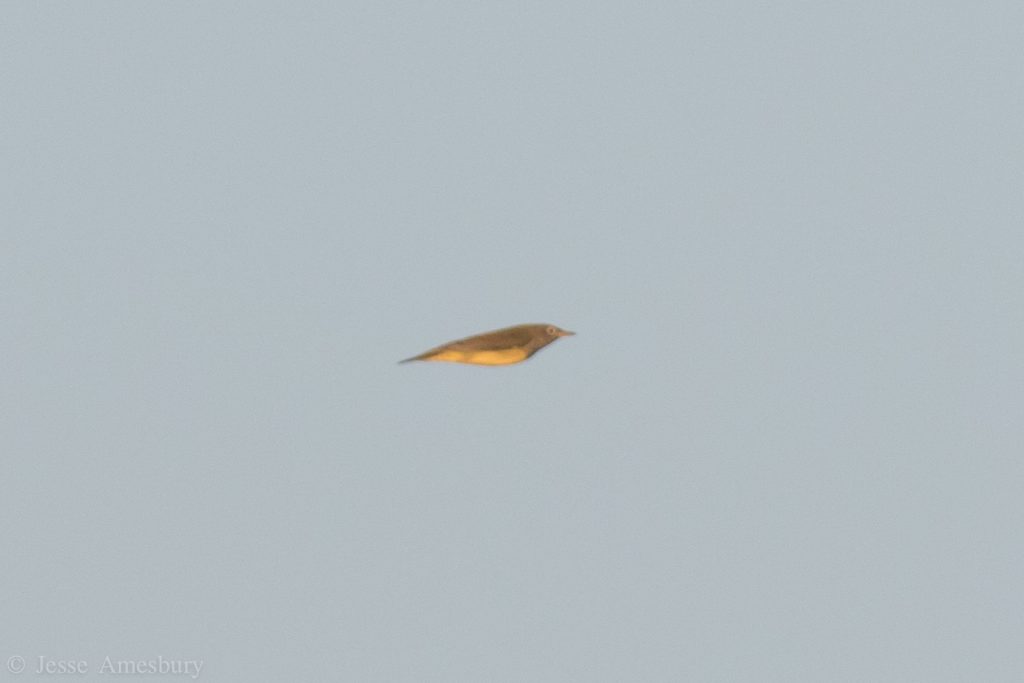
The Higbee Beach Morning Flight count isn’t the only place to see migrating warblers in Cape May! Often, depending on the weather conditions, a large morning flight can take place over the hawkwatch platform, which was exactly the case on the 11th when this highly sought after Connecticut Warbler darted across the parking lot near the lighthouse. Note the bold whitish eye ring, hooded appearance, and very long yellowy undertail coverts.
– Jesse Amesbury





